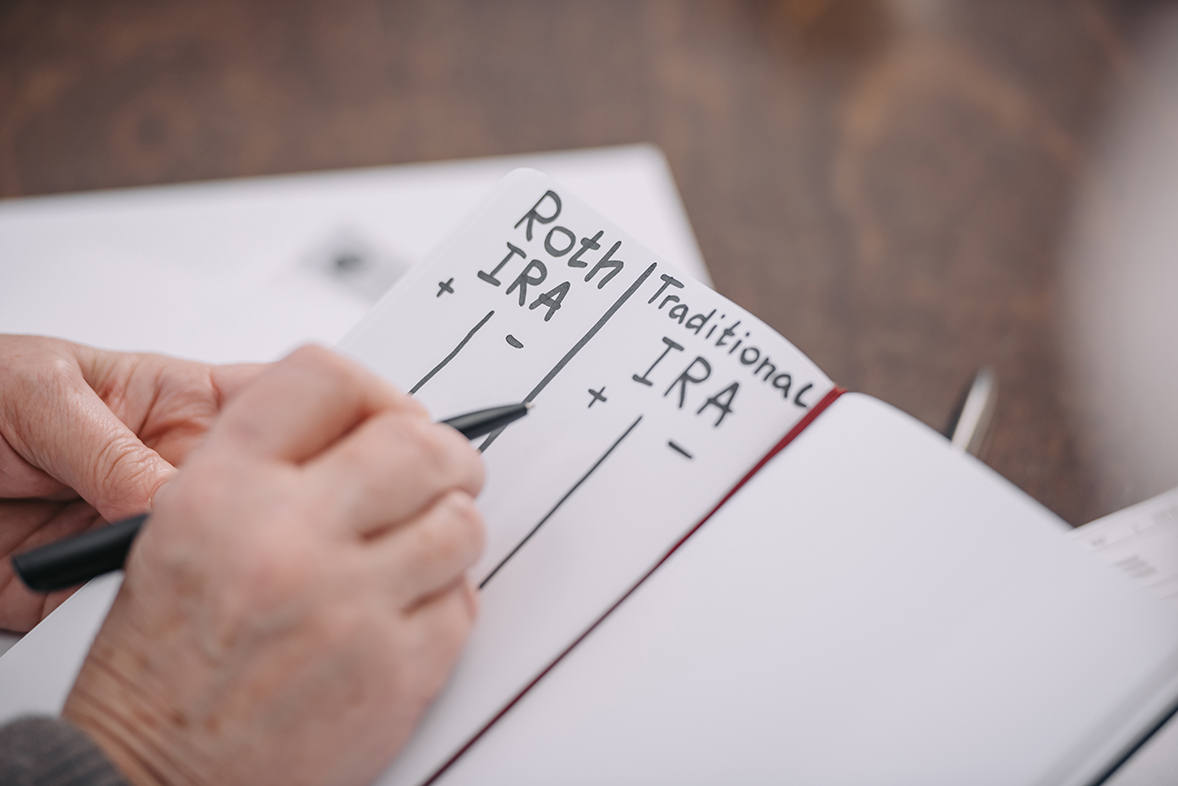 Article originally published by Vanguard.com
Article originally published by Vanguard.com
Would converting from a traditional IRA to a Roth IRA be a smart move for you? Understand the tax implications before you decide.
The benefits of a Roth conversion
A Roth conversion refers to taking all or part of the balance of an existing traditional IRA and moving it into a Roth IRA.
Why you might convert a traditional IRA to a Roth IRA
Enjoy tax-free withdrawals in retirement
When taking withdrawals from a traditional IRA, you’d have to pay taxes on the money your investments earned—and on any contributions you originally deducted on your taxes.
With a Roth IRA, as long as you meet certain requirements, all of your withdrawals are tax-free.
Watch your money grow tax-free for longer
Traditional IRAs force you to take required minimum distributions (RMDs) every year after you reach age 72 (age 70½ if you attained age 70½ before 2020), regardless of whether you actually need the money. So you lose the tax-free growth on the money you had to withdraw.
On the other hand, Roth IRAs don’t have RMDs during your lifetime, so your money can stay in the account and keep growing tax-free.
Leave a tax-free inheritance to your heirs
The people who inherit your Roth IRA will have to take RMDs, but they won’t have to pay any federal income tax on their withdrawals as long as the account’s been open for at least 5 years.
A conversion can get you into a Roth IRA—even if your income is too high
The conversion would be part of a 2-step process, often referred to as a “backdoor” strategy.
First, place your contribution in a traditional IRA—which has no income limits. Then, move the money into a Roth IRA using a Roth conversion.
But make sure you understand the tax consequences before using this strategy.
Click here to read the rest of this article.

 Bob has a passion for making your money work hard for you. He takes profound joy in ironing out a plan for a long and comfortable retirement, no matter what your current income or level of wealth. With a work ethic second to none, he has a zeal for transforming uncertainty into stable ways for you to protect your future and your family. He knows that the quality of your life you enjoy today can remain as rewarding—or even better—after retirement.
Bob has a passion for making your money work hard for you. He takes profound joy in ironing out a plan for a long and comfortable retirement, no matter what your current income or level of wealth. With a work ethic second to none, he has a zeal for transforming uncertainty into stable ways for you to protect your future and your family. He knows that the quality of your life you enjoy today can remain as rewarding—or even better—after retirement. With a strong background in information technology, Carol is instrumental in building operational policies and strategies that keep the organization functioning smoothly. Carol’s organizational skills and her flexibility to jump from priority to priority along with her commitment to customer service makes her an essential part of the Grimard Financial team. When Carol is not working with the Grimard Financial Family, she is a very creative and accomplished photographer.
With a strong background in information technology, Carol is instrumental in building operational policies and strategies that keep the organization functioning smoothly. Carol’s organizational skills and her flexibility to jump from priority to priority along with her commitment to customer service makes her an essential part of the Grimard Financial team. When Carol is not working with the Grimard Financial Family, she is a very creative and accomplished photographer.